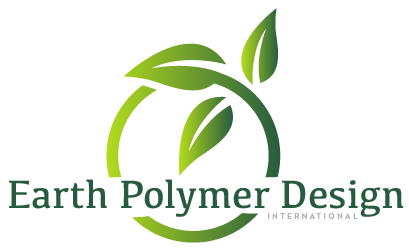OrganiShield Food safe/Food grade, Insecticide/Miticide/Fungicide – 225 Gallon
Summary
Sucrose octanoate esters are structurally similar and exert similar actions on biological systems. The
substance is intended to control mites and soft-bodied insect pests (e.g., aphids, caterpillars, Thrips,
glassy-winged sharpshooters, etc.) on food and non-food crops. Sucrose octanoate esters are also
used for a) controlling certain flies in media used for growing mushrooms, and b) controlling Varroa
mites on adult honeybees. The active ingredient degrades into harmless substances in the
environment. Sucrose octanoate was approved by the EPA as an active ingredient in September
2002. Whether a substance poses a risk to humans or other organisms depends on two factors: how
toxic the substance is, and how much of it an organism is exposed to. Therefore, the EPA considers
toxicity data and exposure data in deciding whether to approve a pesticide for use. No harmful effects
to humans or the environment are expected from use of sucrose octanoate esters in pesticide
products when users follow label directions.
I. Description of the Active Ingredient
Sucrose octanoate esters are amber-colored liquids. The substance decomposes in the
environment to harmless substances (H2O, fatty acids, carbohydrates, CO2), and acts by
disrupting the waxy outer layer (cuticle) of mites and various soft-bodied insects, causing
the insect or mite to dry out and die. Susceptible pests include but are not limited to
mites, aphids, thrips, caterpillars, glassy-winged sharpshooters, and many other soft
bodied insects. Sucrose octanoate esters occur naturally in plants. The pesticidal
properties were discovered when researchers investigated the reason tobacco leaves were
not attacked by mites and other insect pests. (CAS Nos. 42922-74-7, 58064-47-4, and
108175-15-1)
II. Use Sites, Target Pests, and Application Methods
Target Pests and Use Sites
- Sucrose Octanoate Esters
Mites and soft-bodied insects on food and non-food crops, including certain ornamentals.
Immature forms of certain species of gnats found in media used for growing mushrooms.
Varroa mites on adult honeybees. - Application Method: Spray with ground equipment.
III. Assessing Risks to Human Health
No risks to the environment are expected from the labeled uses of sucrose octanoate
esters in pesticide products. The esters act only by direct physical contact with mites and
soft bodied insects; the substances are non-toxic or otherwise harmful to mammals or
other non-target organisms. The esters biodegrade rapidly to harmless substances.
Organisms are already exposed because this substance occurs naturally, and the tiny
amount used in pesticide products like “OrganiShield”, does not substantially increase
environmental levels.
V. Regulatory Information
Sucrose Octanoate Esters
Year initially registered as an active ingredient: September, 2002
Number of end-use products: 1
End-use product name: OrganiShield Sucrose Octanoate [40.0%] (EPA Reg #
94424 – 1)
VI. Registrant Information
Organic Liquid Spray, L.L.C.
14143 Denver West Parkway #100
Golden, Colorado 80401
(720) 322-3134
VII. Additional Contact
Ombudsman, Biopesticides and Pollution Prevention Division (7511P)
Office of Pesticide Programs
Environmental Protection Agency
1200 Pennsylvania Avenue, NW Washington,
D.C. 20460

